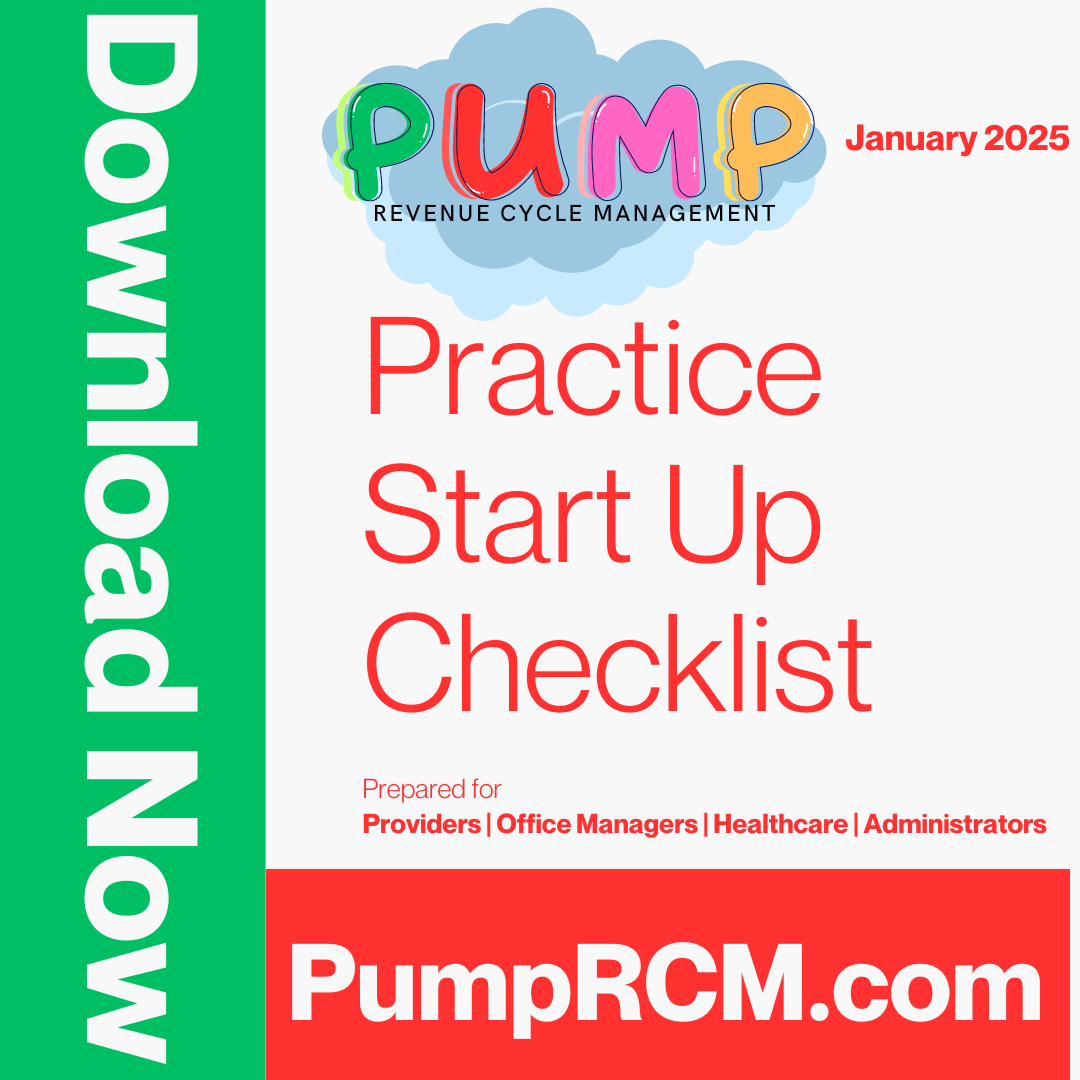A Comprehensive Guide on Exactly How Healthcare RCM Works to Streamline Billing and Collections
Browsing the complexities of medical care revenue cycle administration (RCM) is important for carriers aiming to boost their billing and collections processes. The overview unloads the intricacies of RCM, from patient enrollment to accounts receivable management, supplying insights right into enhancing each action. Incorporating advanced innovation and standard treatments can substantially reduce case rejections and accelerate payment cycles. Yet, real obstacle depends on effortlessly combining these components to enhance capital. As we discover the core parts and approaches that drive effectiveness, one inquiry stays: just how can healthcare entities finest position themselves to flourish monetarily in an ever-evolving industry?
Understanding Income Cycle Management
RCM is a vital administrative feature that encompasses the whole monetary procedure of patient care, from the first appointment setting to the last payment of the equilibrium. It is a complicated procedure made to recognize, gather, and manage the revenue from the services provided to people.
The RCM process starts when a client routines a visit and expands with the client's care journey, including payment and collections. A crucial objective is to reduce the time between giving a solution and getting settlement, thus improving the organization's monetary wellness. RCM involves different functions such as patient enrollment, insurance policy verification, fee capture, coding, claims submission, payment uploading, and handling rejections and charms.
Secret Components of RCM
In the world of Income Cycle Monitoring (RCM), comprehending its essential elements is basic to attaining financial efficiency within healthcare organizations. RCM is a comprehensive procedure that encompasses various phases, each critical to making certain reliable payment and collections. The primary parts consist of client registration, insurance verification, fee capture, coding, claim submission, settlement publishing, and balance due administration.


Once coded, cases are sent to payers, where accuracy is critical to avoid hold-ups or rejections - Healthcare RCM. Settlement posting includes videotaping the received repayments, which permits the reconciliation of accounts. Lastly, accounts receivable administration concentrates on monitoring and resolving unsettled cases, guaranteeing prompt follow-up and resolution
Each component of RCM is interconnected, and ineffectiveness in any part can interfere with the whole cycle. As a result, understanding these elements is important for health care service providers to optimize profits and boost their monetary health and wellness.
Methods for Reliable Payment

Standardizing payment procedures throughout the company is one more key strategy. Establishing clear guidelines for documents, coding, and entry aids preserve consistency and compliance with governing needs. Training personnel consistently on these procedures makes certain everybody is current with the most up to date modifications in billing codes and payer plans.
Accurate cost capture is essential in protecting against earnings leakage. Applying regular audits and monitoring systems allows for the recognition and improvement of disparities prior to they affect profits. Furthermore, keeping open lines of interaction with payers assists to quickly settle any disputes or misconceptions that may develop.

Finally, appealing people early in the billing process by giving clear price quotes and academic materials about their Learn More Here economic duties can significantly decrease confusion and improve settlement timeliness. These approaches jointly add to an extra effective and monetarily healthy and balanced invoicing system.
Enhancing Collections Procedures
A robust collections procedure is crucial for maintaining financial stability within healthcare companies. Provided the complexities of medical invoicing and the variety of payer demands, enhancing the collections procedure involves implementing critical steps that make sure timely and precise payment of services made. Central to this is making use of modern technology to automate and simplify processes, lowering manual errors and improving efficiency. Automation devices can aid in tracking insurance claim statuses, sending out prompt pointers to individuals, and taking care of rejections better.
Training personnel to comprehend the subtleties of insurance plan and payment codes is just as important. This understanding empowers them to address billing discrepancies rapidly and communicate efficiently with clients regarding their financial obligations. In addition, my site clear and clear client interactions are important. Offering in-depth explanations of costs and using adaptable payment plans can enhance person contentment and punctual payments.
Regular audits of the collections procedure must be conducted to recognize locations for improvement and ensure conformity with laws. By evaluating information, health care organizations can determine patterns, expect possible problems, and adjust techniques accordingly (Healthcare RCM). Eventually, a well-enhanced collections procedure not only supports monetary health however also adds to a much more smooth experience for individuals and team alike
Optimizing Income Streams
Building upon the foundation of a strong collections procedure, health care organizations can better bolster their monetary stability by strategically enhancing earnings streams. This involves a multi-faceted approach, beginning with a comprehensive analysis of existing revenue resources to recognize ineffectiveness and locations for development. Using innovative data analytics tools allows companies to obtain insights into payer mix, client demographics, and solution application patterns, allowing for data-driven decisions that enhance revenue capture.
Implementing automated billing systems can substantially decrease mistakes and quicken insurance claims processing, making sure that profits is gathered a lot more effectively. Furthermore, maximizing payer contracts with normal settlements can enhance compensation rates and terms, directly affecting the lower line. Expanding solution offerings, such as integrating telehealth or wellness programs, can likewise bring in a more comprehensive person base, therefore raising revenue potential.
An additional critical part is improving client involvement and fulfillment, as pleased clients are much more likely to follow treatment strategies and make prompt payments. Using versatile settlement alternatives and clear invoicing practices can enhance collections and foster individual loyalty. Healthcare RCM. By adopting these strategies, healthcare companies can produce a more resilient monetary structure, guaranteeing continual development and security in an ever-changing industry landscape
Verdict
Finally, medical care Revenue Cycle Administration (RCM) plays a critical function in optimizing payment you could check here and collections procedures by integrating essential parts such as person enrollment, insurance verification, cost capture, coding, claims entry, and receivable management. By employing innovative technology, systematizing treatments, and promoting patient involvement, health care suppliers can considerably decrease claim rejections, accelerate payment cycles, and enhance cash circulation. This comprehensive approach to RCM eventually causes improved monetary performance and sustainability for healthcare companies.
The RCM process starts when a client routines a visit and extends via the person's care trip, including payment and collections.Another important element is enhancing individual engagement and complete satisfaction, as completely satisfied people are much more likely to stick to therapy plans and make timely repayments. Offering versatile settlement choices and transparent invoicing methods can boost collections and foster client loyalty.In conclusion, healthcare Income Cycle Administration (RCM) plays a vital function in maximizing billing and collections processes by incorporating vital parts such as person enrollment, insurance coverage verification, fee capture, coding, claims submission, and accounts receivable administration. By employing advanced innovation, systematizing treatments, and promoting patient engagement, health care carriers can considerably reduce insurance claim rejections, increase payment cycles, and improve cash flow.